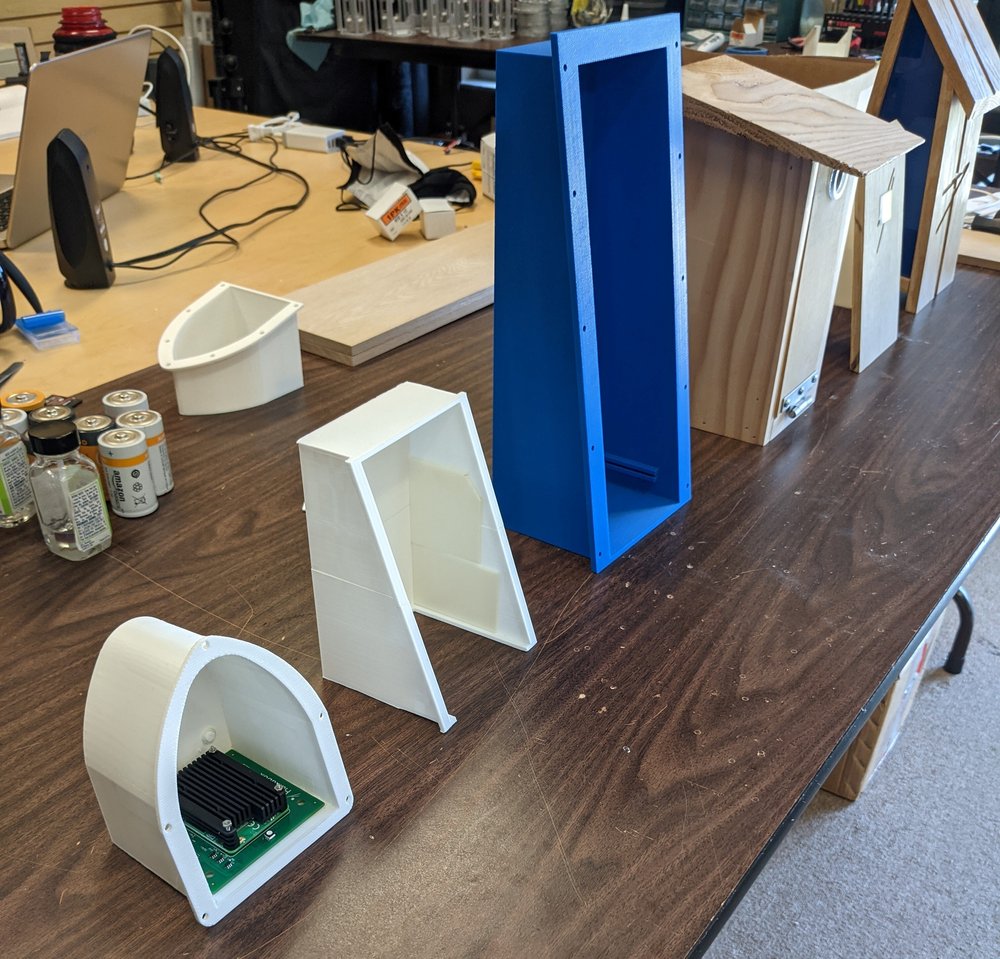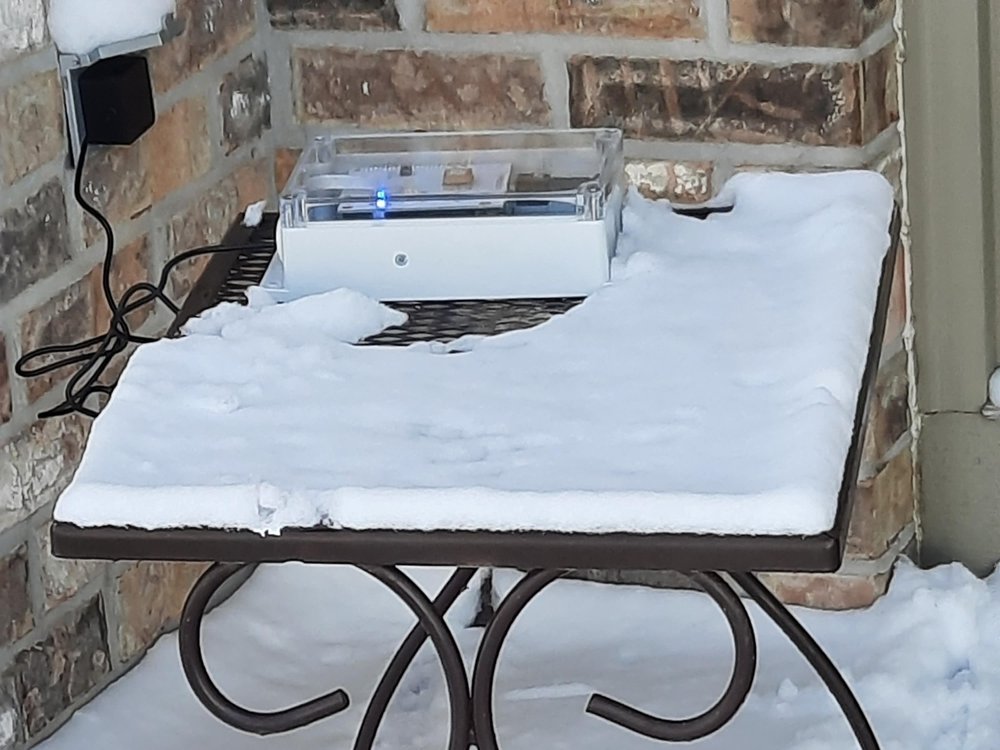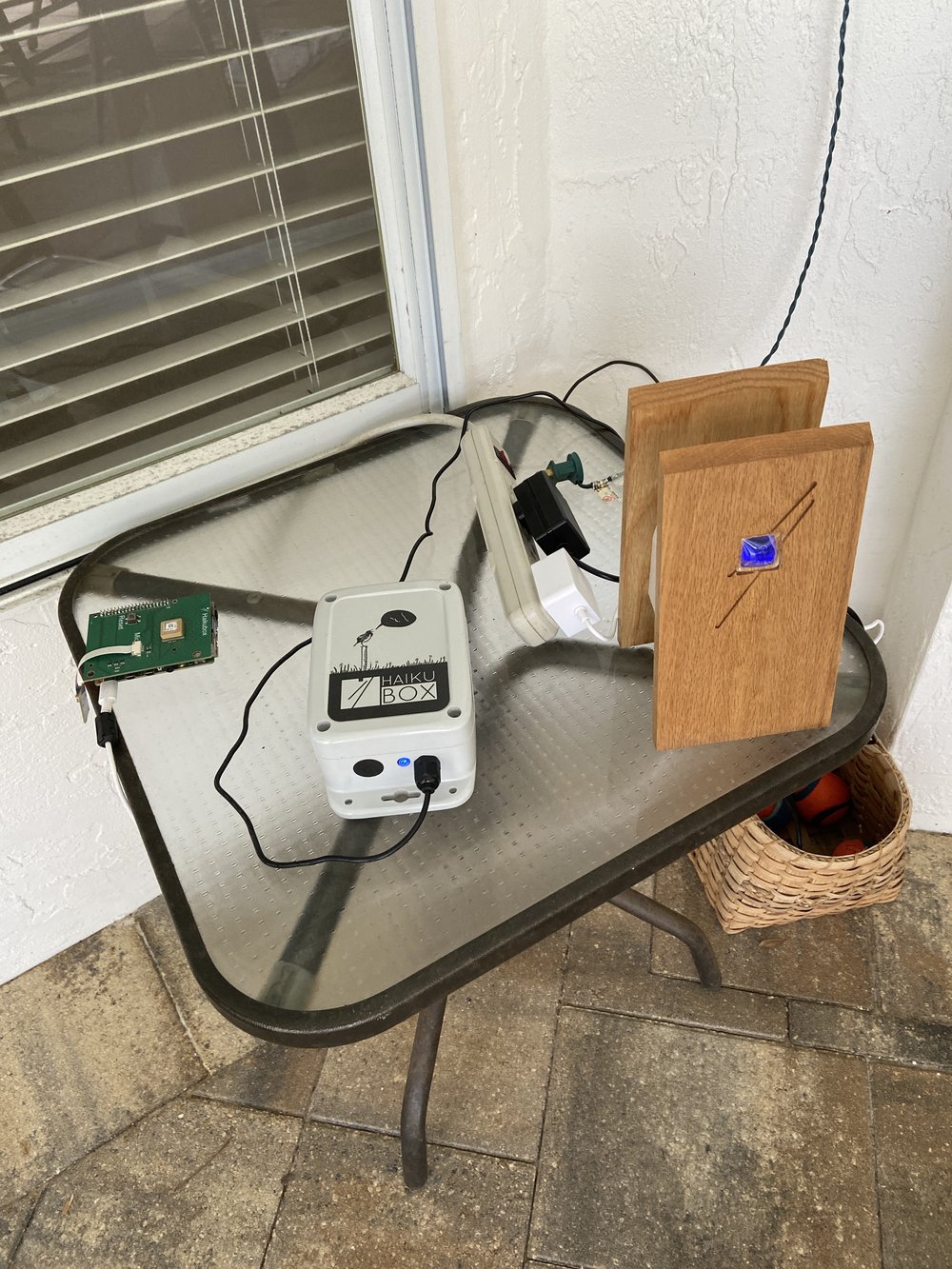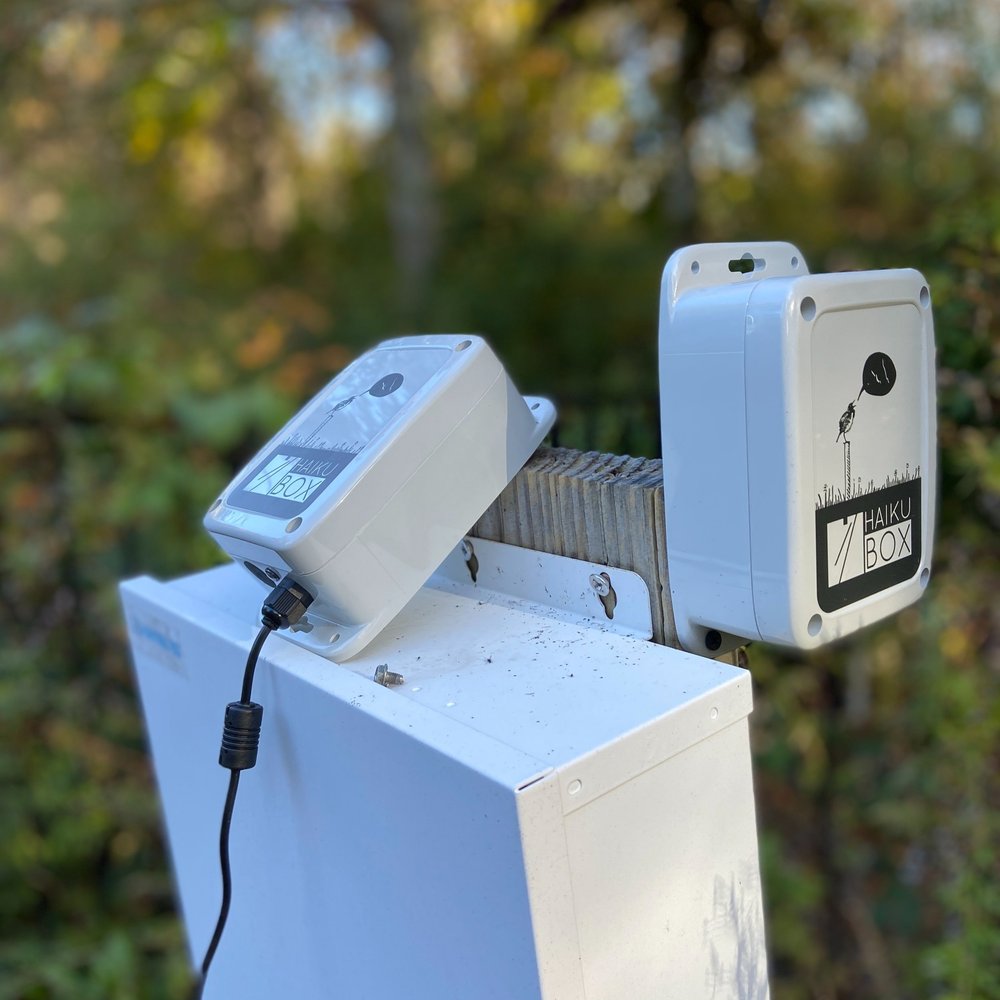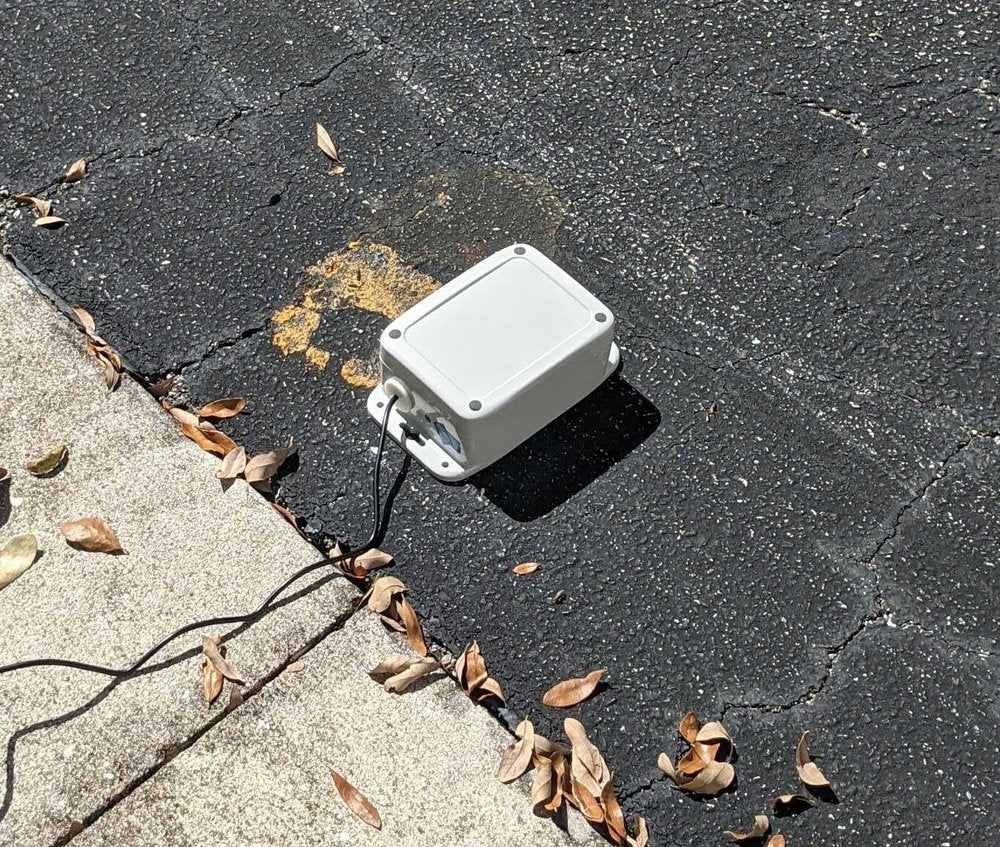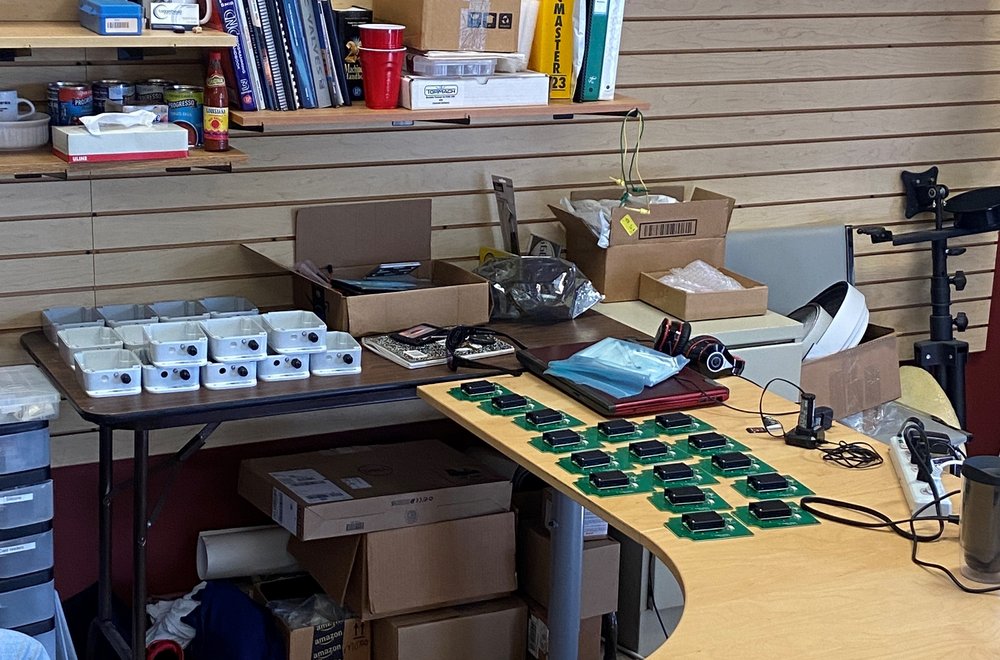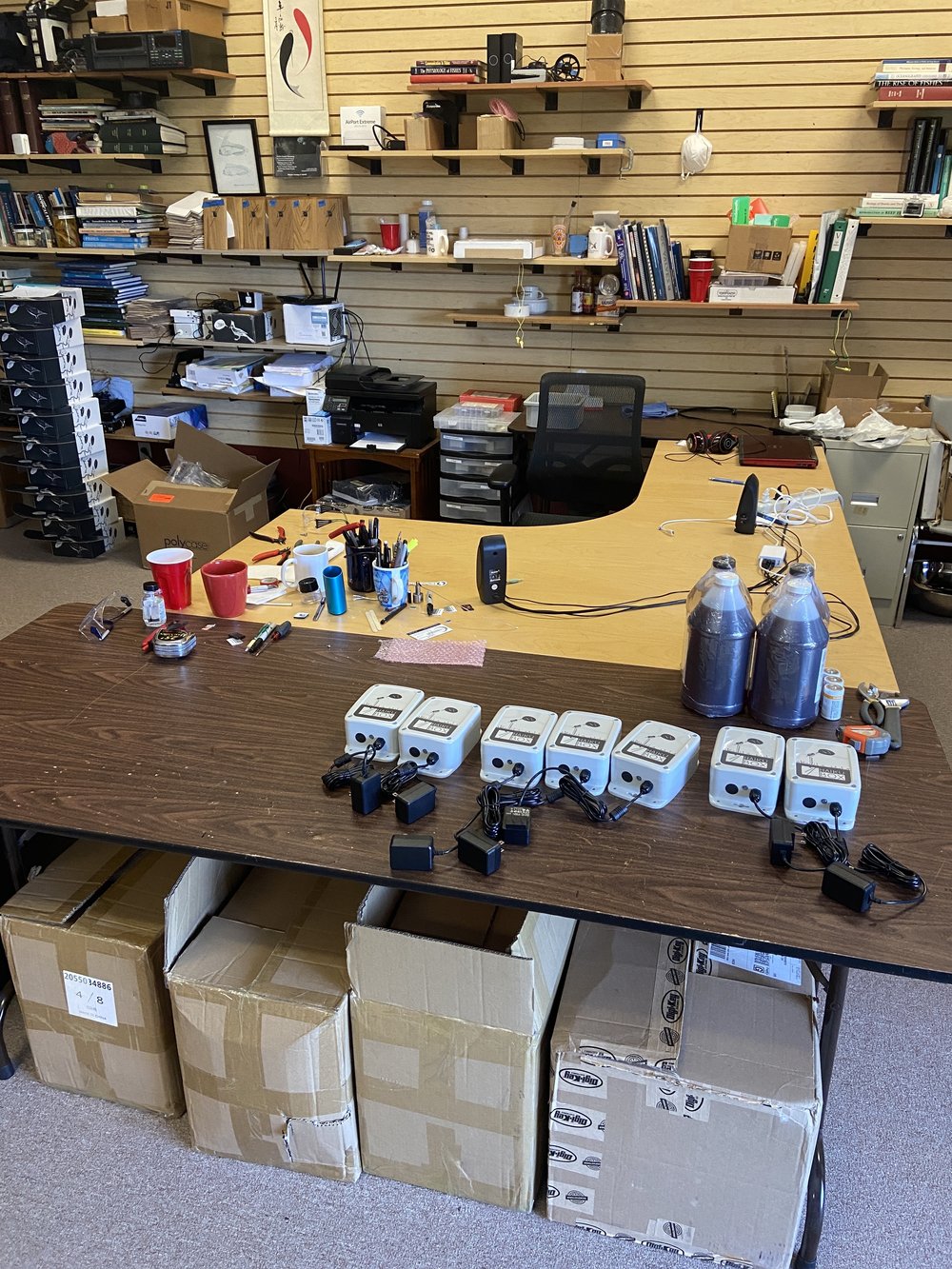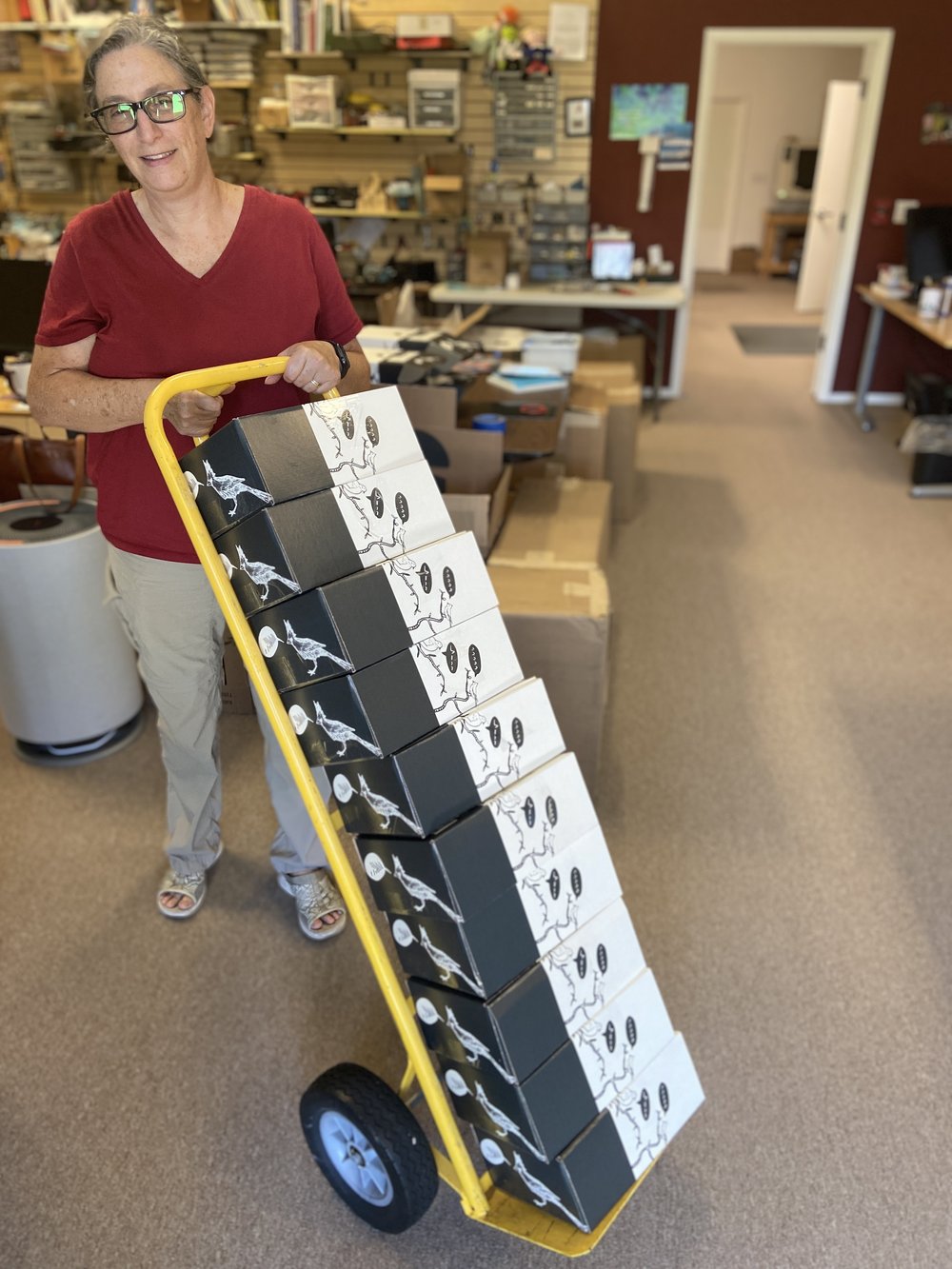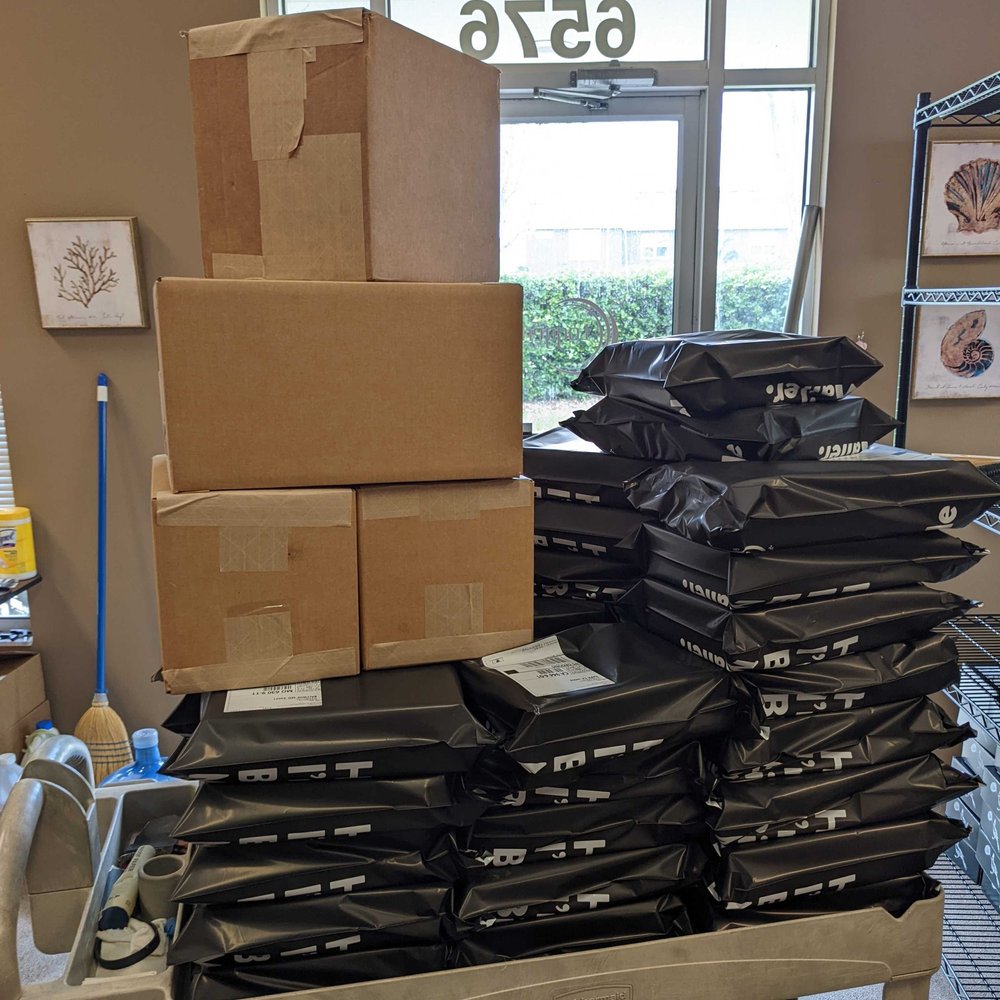Taking flight with Haikubox
Our Story
How an early love of birds fledged into the AI-enabled Haikubox

The Naturalist
Haikubox took flight when a bioacoustics expert rediscovered an early love of birds.
The Haikubox founder, David Mann, grew up in Syracuse, NY and spent a lot of time outdoors, no matter the weather. A collector of small creatures, he was fascinated by birds and watched them at home and in nearby Sapsucker Woods on the Cornell University campus. In this photo, nine-year old David had his binoculars ready for something more interesting than Canada Geese (was he also imagining the invention of the Internet and machine learning?).
David studied biology at Cornell and earned a PhD in biological oceanography from MIT and the Woods Hole Oceanographic Institution. His focus?
Animal acoustics.
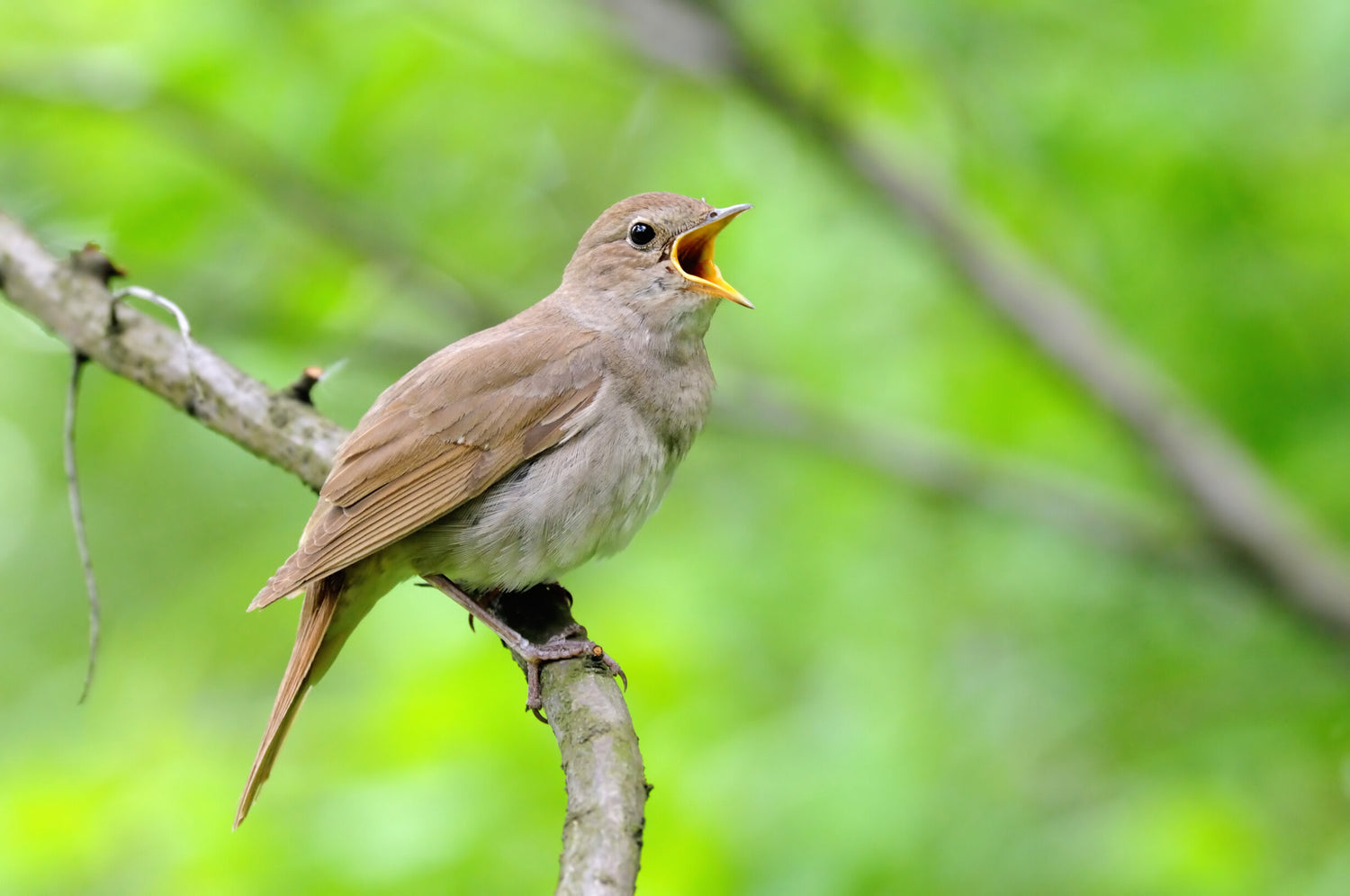
The Science
When David and long-time colleague Holger Klinck, PhD, Director of the K. Lisa Yang Center for Conservation Bioacoustics at the Cornell Lab of Ornithology, realized they shared a common interest and the technical skills to develop an automatic birdsong identification tool, Haikubox was hatched.
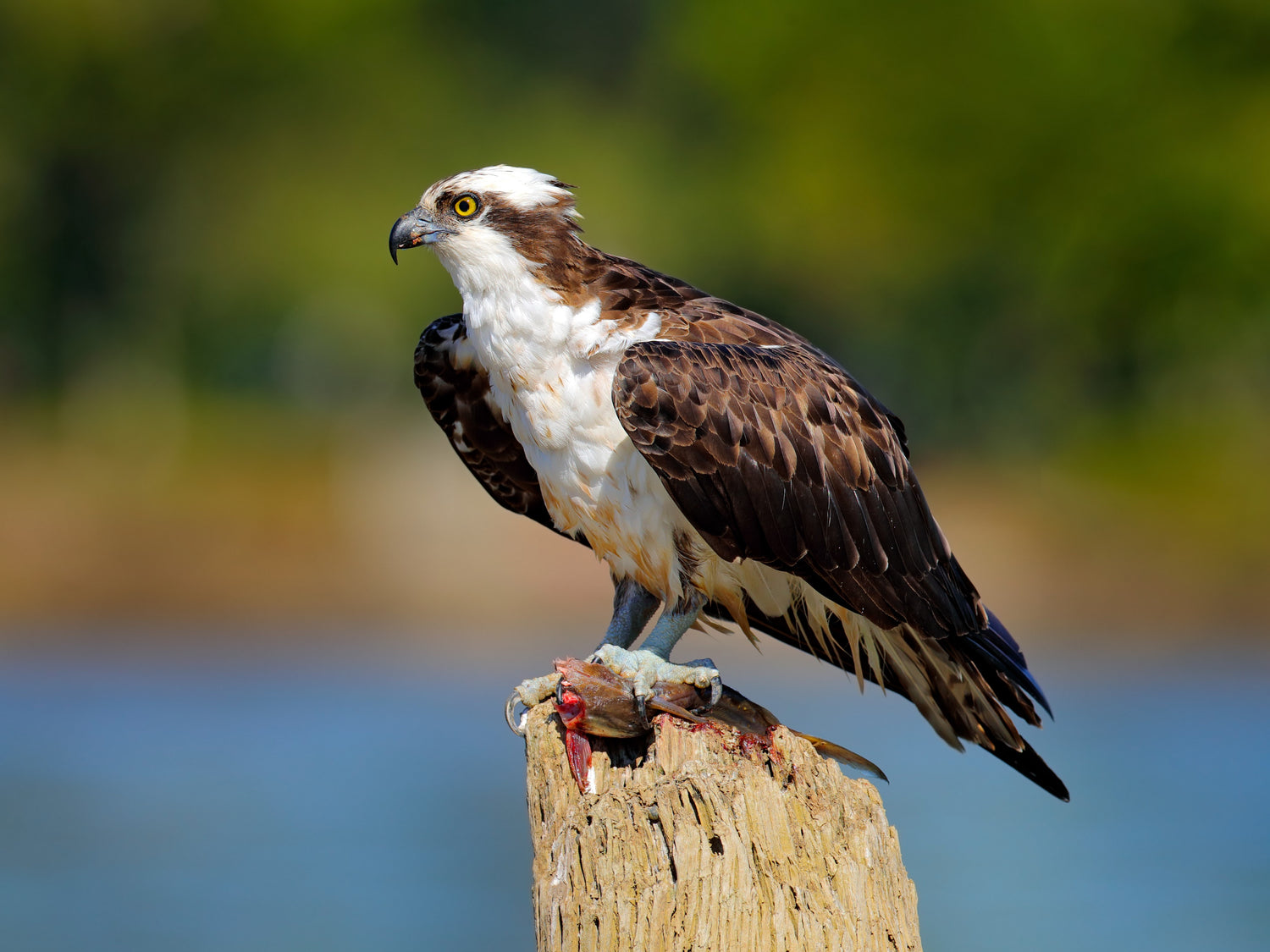
Core Values
Fulfilling our responsibility to positively impact the environment, one backyard at a time
Our mission is to improve environmental literacy and promote conservation and stewardship by helping people learn and care about the natural world.
Birdwatching attracts people from all walks of life — anyone can look out a window, step outside, or visit a park to see and enjoy birds. The Haikubox community is open to all, including those traditionally underrepresented in many scientific activities and careers.
We encourage instructors from elementary through post-secondary to use Haikubox as a teaching tool to help students learn science and math concepts and vocabulary, including for English language learners and students with disabilities who rely on context and visual clues.
We expect to grow Haikubox into the world’s largest nature monitoring network, and look forward to developing new global research partnerships. Haikubox can be used for passive acoustics monitoring (PAM), an innovative, powerful and inexpensive way to study many animals, including invasive and endangered species.
Small but mighty
The Team
These four people wear many hats and are all dedicated to the Haikubox mission of improving environmental literacy and stewardship by helping consumers learn and care about their birds.
-

David
David oversees Haikubox development and is the Listen site creator / developer. He holds a BS in Biology from Cornell University and PhD from Woods Hole Oceanographic Institution/MIT.
-
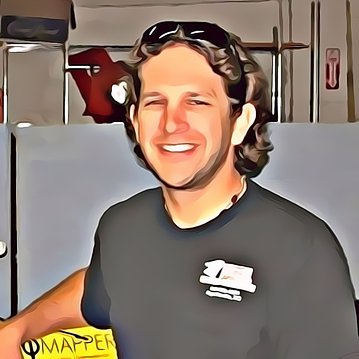
Mike
Mike is a mechanical engineer and hardware designer who ensures everything looks great and performs as expected. He holds an engineering degree from North Carolina State University.
-

Austin
Austin is the data scientist and computer programmer responsible for neural net and smartphone app development. He holds an MS in Data Science from New College of Florida.
-
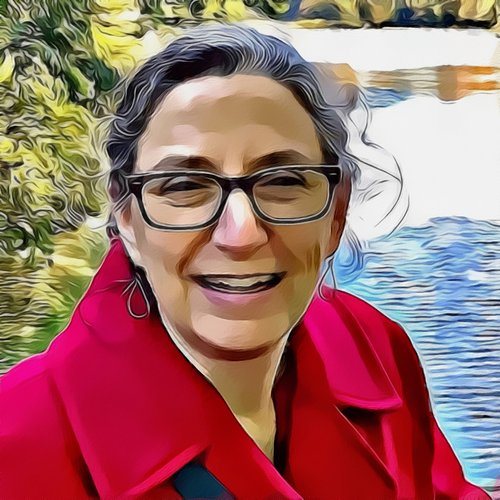
Amy
Amy labels thousands of bird and other sounds and is responsible for business development. She holds a BS in Biology from Cornell University and an MBA from Boston University.
Iterative development
The Process
The images below capture some of the steps taken to develop Haikubox, including testing enclosure designs, comparing neural nets, and evaluating performance in sun/heat, as well as the small batch assembly process in our Florida office.
In addition to the development of Haikubox, Loggerhead Instruments, founded in 2003 and located in Sarasota, FL, enables scientific discoveries by developing, manufacturing and supplying underwater acoustics equipment to the world’s oceanographers (loggerhead.com).
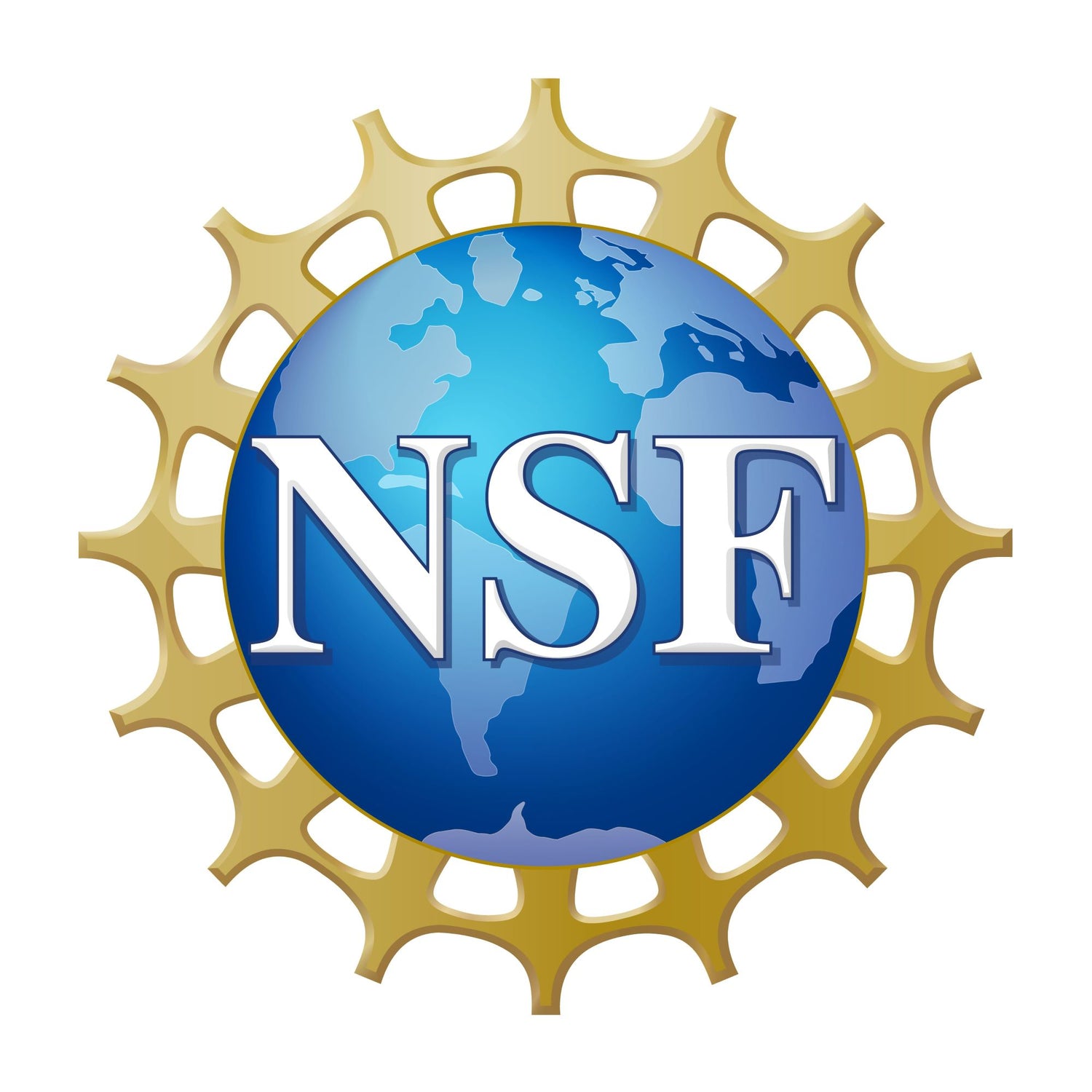
This material is based upon work supported by the National Science
Foundation under Cooperative Agreement No. 2135664. Any opinions, findings and conclusions or recommendations expressed in this material are those of the authors and do not necessarily reflect the views of the National Science Foundation.





